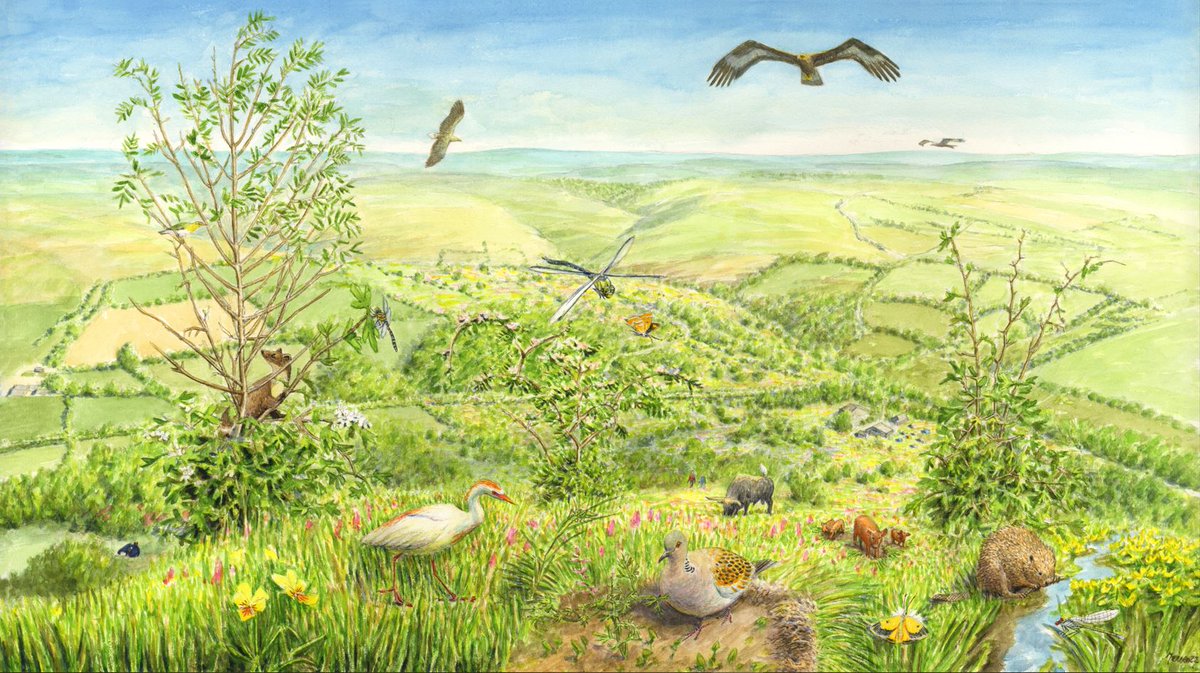Project: RWT Pentwyn

A place of hope for people and nature
Imagine a landscape buzzing, chirping and crawling with wildlife. A landscape that brings and maintains hope- hope for a better world for nature and people.
The land at Pentwyn will be transformed into a humming, buzzing and chirruping oasis where the calls of threatened birds can be heard once more.
Wild Mosaic is part of a wider campaign to support the restoration of full Pentwyn site (65 hectacres). You can find out more and other ways to help at rwtwales.org

© Jeroen Helmer / Ark Nature
Support the project
RWT Pentwyn consists of 4 plots broken into 3x3m squares ("tiles") of land.
Come and join us on this journey into wildness...

Meadow Pipit Ffridd
Pasture surrounded by ffridd: steep slopes with bracken and some trees, leading down to the Lugg
242 of 340 tiles available
View Plot
Marsh into Lugg
A stream running at the bottom of the hill that joins the Lugg. Potential to become wetland.
247 of 344 tiles available
View Plot
Hilltop Corner
Pasture at the top of the hill with views across the valley, trees and shrubs at the field edges.
234 of 328 tiles available
View Plot
Waterfall on the Lugg
Pasture surrounded by a small grove of trees. The river Lugg (more a stream at this point) passes fast alongside, over a shallow waterfall.
235 of 329 tiles available
View Plot
Meadow Pipit Ffridd
Pasture surrounded by ffridd: steep slopes with bracken and some trees, leading down to the Lugg
242 of 340 tiles available
View Plot
Marsh into Lugg
A stream running at the bottom of the hill that joins the Lugg. Potential to become wetland.
247 of 344 tiles available
View PlotProject Updates
Side-by-side wetland creation comparison
about 1 month ago
I've made a couple of videos in the last couple of months showing a drone view of the new ponds. Here, I show them side-by-side to make the transformation clearer. This was after...
The new water systems in 'Marsh to Lugg' in action
about 1 month ago
This was filmed during the heavy r...

Spot the angle shades moth hiding in the bracken
2 months agoOne month later, a short video of the first life emerging in the pond
2 months ago
Wetland creation, the ponds one month on
2 months ago
A couple more small coppers
2 months agoThe last butterflies of the season
2 months agoOne month later, first life emerging in the pond
2 months agoThe spectacular Scarlet Tiger Moths
3 months agoWetland creation begins, September 2025
3 months ago
The start of a new chapt...
